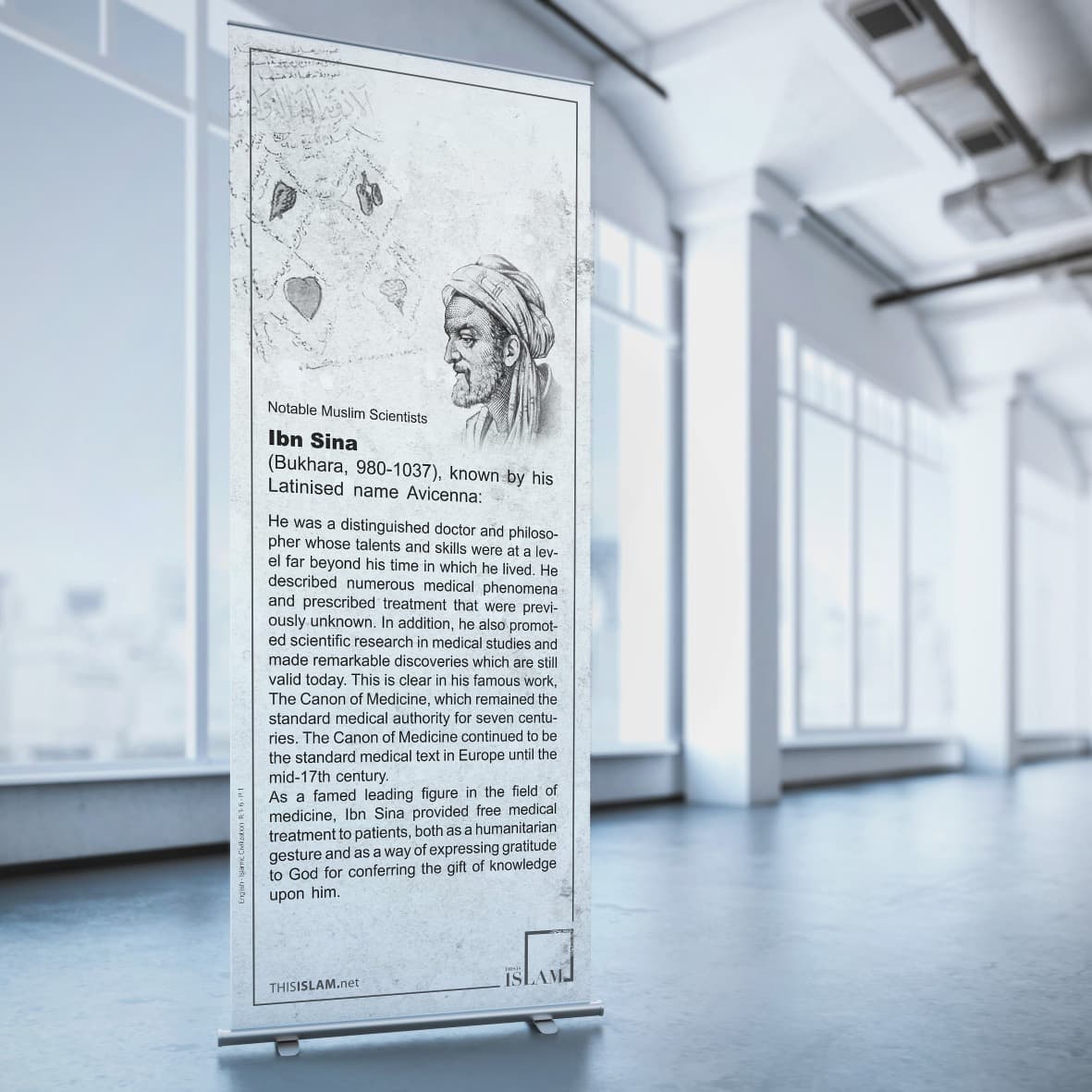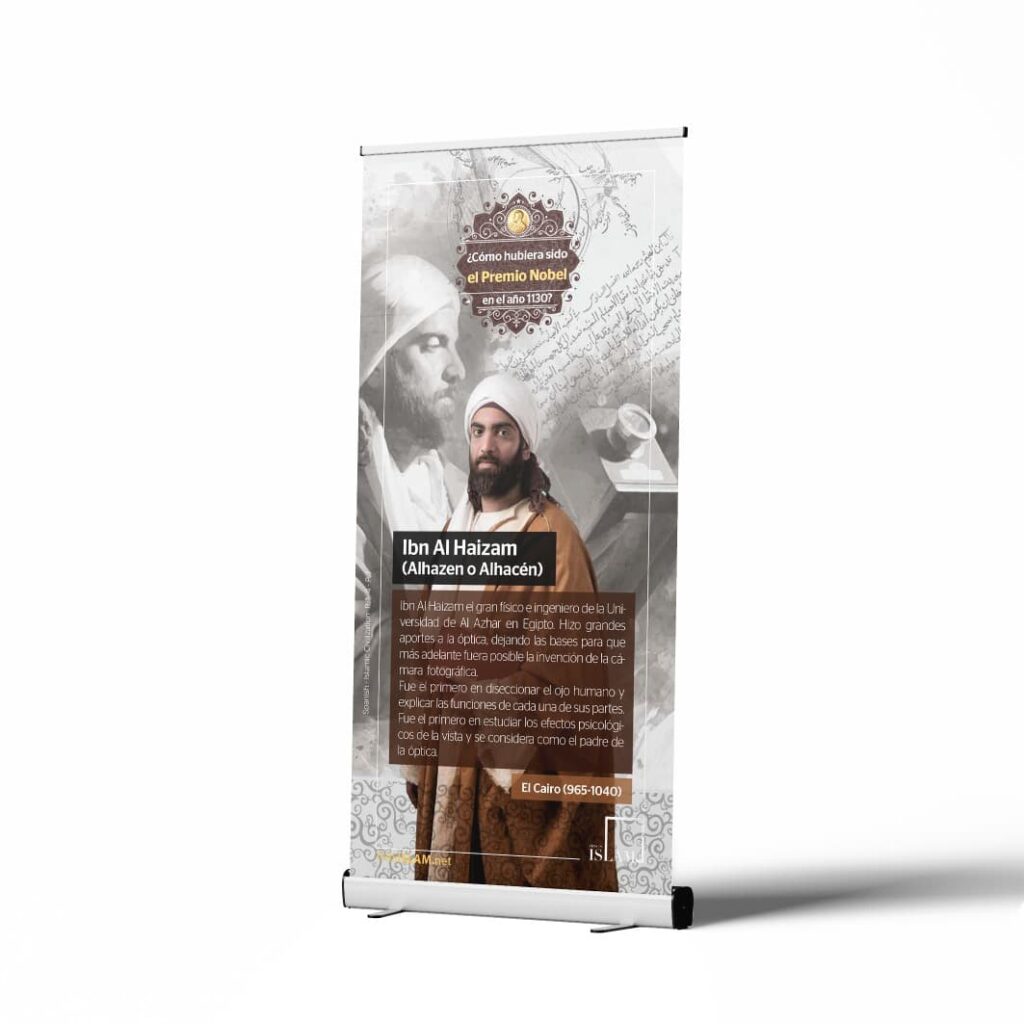Roll up: 1
Notable Muslim Scientists
Ibn Sina
(Bukhara, 980-1037), known by his Latinised name Avicenna:
He was a distinguished doctor and philosopher whose talents and skills were at a level far beyond his time in which he lived. He described numerous medical phenomena and prescribed treatment that were previously unknown. In addition, he also promoted scientific research in medical studies and made remarkable discoveries which are still valid today. This is clear in his famous work, The Canon of Medicine, which remained the standard medical authority for seven centuries. The Canon of Medicine continued to be the standard medical text in Europe until the mid-17th century.
As a famed leading figure in the field of medicine, Ibn Sina provided free medical treatment to patients, both as a humanitarian gesture and as a way of expressing gratitude to God for conferring the gift of knowledge upon him.
Roll up: 2
Ibn Al-Haytham
(Cairo, 965-1040): Known by his Latinised name, Alhazen: He was a physicist, a mathematician and an astronomer who made significant contributions to the principles of optics, astronomy and mathematics, among other sciences. The principles in the invention of the camera are attributed to him. In fact, many researchers in the field of physics, mathematics and astronomy have proven that the word camera comes from the Arabic qumra, or dark room, which he is also given credit for inventing. Ibn al-Haytham devised the camera obscura, which is a darkened box with a convex lens or apature to illustrate the principle that rays of light, reflected from an illuminated object will pass through a tiny hole in a dark room and project an image of the object upside down on a white wall inside the room.
Roll up: 3
Al-Biruni
(Chorasmia, 973-1048), known as Alberonius in Latin and Al-Biruni in English: He was one of the greatest scholars of the medieval Islamic era and was well-versed in physics, mathematics, astronomy and natural sciences, among other scientific fields. He described the Earth’s gravity and was the first scientist to introduce the theory that the earth spins around its axis as it orbits the sun.
Roll up: 4
Az-Zahrawi
(Andalusia, 936-1013), known in the West as Albucasi: He was a Muslim surgeon who has been described by many as the father of modern surgery. His works, which were translated into multiple languages provided major references for books in medicine and surgery for centuries. In fact, his pioneering contributions to the field of surgery, including the instruments used in surgical procedures have been captured in numerous books. Az-Zahrawi’s books had an enormous impact in the East and West, where some of his discoveries are still applied in medicine today.
Roll up: 5
Ibn Sina
(Bukhara, 980-1037), known by his Latinised name Avicenna: He was a distinguished doctor and philosopher whose talents and skills were at a level far beyond his time in which he lived. He described numerous medical phenomena and prescribed treatment that were previously unknown. In addition, he also promoted scientific research in medical studies and made remarkable discoveries which are still valid today. This is clear in his famous work, The Canon of Medicine, which remained the standard medical authority for seven centuries. The Canon of Medicine continued to be the standard medical text in Europe until the mid-17th century.
As a famed leading figure in the field of medicine, Ibn Sina provided free medical treatment to patients, both as a humanitarian gesture and as a way of expressing gratitude to God for conferring the gift of knowledge upon him.
Roll up: 6
Ibn An-Nafees
(Damascus, 1213-1288):He was an eminent scholar of Islamic law as well as one of the most remarkable doctors and physiologists in human history. He is famous for being the first to discover and describe the pulmonary circulation. He also put forward a number of medical theories that are still valid today.
Roll up: Size: 400cm x 250cm












Reviews
There are no reviews yet.